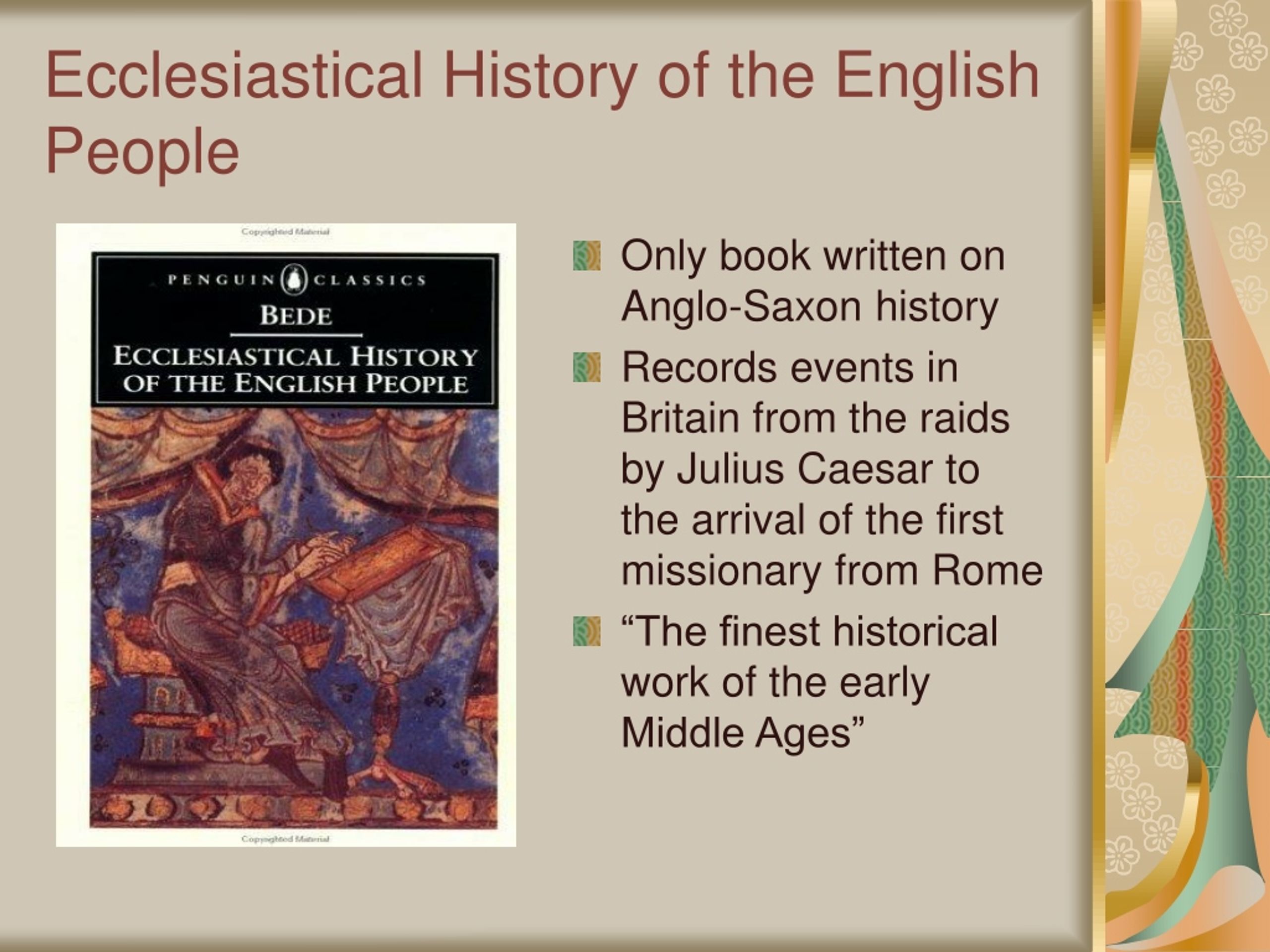


Our findings support a prevailing view that the Picts descended from Iron Age groups in Britain and Ireland. In our study, we looked at how genetically similar the Pictish genomes were to other ancient genomes from Britain and Ireland, Scandinavia and mainland Europe dating to the Iron Age, Roman, Anglo-Saxon and Viking periods. Recently, however, excavations led by Professor Gordon Noble at the University of Aberdeen have discovered several new Pictish sites, frequently hillforts, around Scotland. This is a common issue in Pictish archaeology, as the extent of their settlements is still largely unknown.

There is no known settlement associated with Lundin Links. Human remains in general from the Pictish era are relatively scarce and often poorly preserved. The cemetery probably housed people of a high-status, but this is still hypothetical due to the limited knowledge of these burials and society more generally during this period. Cists are stone-built “boxes” that hold the remains of the dead. The burials take the form of round or rectangular cairns – where numerous stones are piled up as markers – and long cists. The Balintore burials are not well understood, but Lundin Links is characterised by exceptional stone monuments. The results of our research have been published in PLOS Genetics. These cemeteries, at Balintore in Easter Ross and Lundin Links in Fife, date to between the 5th and 7th centuries AD. Prepared for the press by Thomas Charles-Edwards, helped by Patrick Wormald and others, this book completes the new Bede, and is prefaced by a paper characteristic of Professor Wallace-Hadrill on `Bede and Plummer'.We attempted to shed light on the Picts’ origins and legacy by sequencing whole genomes – the full complement of DNA in human cells – from skeletons excavated at two cemeteries. Wallace-Hadrill devoted the last years of his life to a new commentary, one of the finest and most mature fruits of his scholarship - more succinct than Plummer, tauter, more relevant, above all drawing together and adding to the findings of a galaxy of modern scholars. Mynors's masterly text and textual introduction replaced much of Charles Plummer's great edition of 1896 but the historical notes did not attempt to match in scale and detail Plummer's second volume of commentary.

In 1969 the Clarendon Press published the new edition in Oxford Medieval Texts, edited by Bertram Colgrave and Sir Roger Mynors. Completed in 731, it comprises in a single flowing narrative a coherent history of the conversion of the English peoples to Christianity, and the story of the island kingdoms and churches from the 590s to the early eighth century, prefaced by a sketch of the earlier history of Britain. Bede's Ecclesiastical History of the English People is recognized as a masterpiece among the historical literature of medieval England and Europe.


 0 kommentar(er)
0 kommentar(er)
